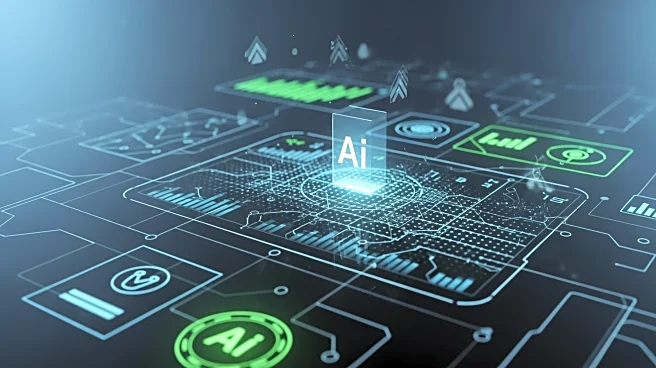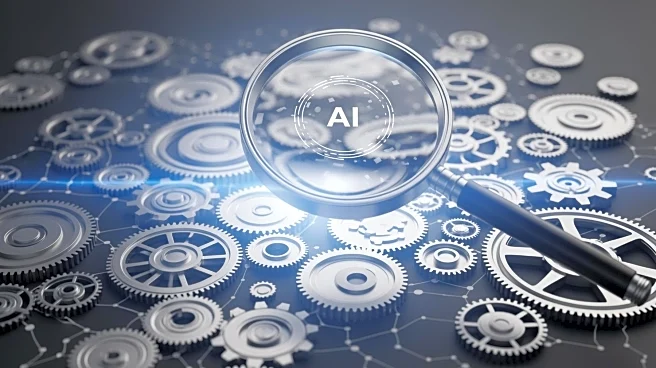What's Happening?
UiPath is a leading platform in the field of Robotic Process Automation (RPA), designed to automate and streamline repetitive business tasks. The platform offers a user-friendly graphical interface that allows businesses to create automated workflows
without the need for coding. UiPath's capabilities include automating compliance audits, interacting with legacy systems, and optimizing manual processes through intelligent automation. The platform is widely used across various departments such as accounting, HR, marketing, and sales operations to automate processes like running reports, sending emails, and data entry. UiPath's tools also support machine learning and artificial intelligence, enabling more sophisticated automation solutions.
Why It's Important?
The adoption of UiPath's RPA tools can significantly enhance business efficiency by reducing the time and effort spent on repetitive tasks. This allows employees to focus on more strategic and value-added activities, potentially increasing productivity and job satisfaction. By automating mundane processes, businesses can also reduce errors and improve data accuracy, which is crucial for maintaining operational integrity. The platform's ability to integrate with existing IT systems and third-party APIs further enhances its utility, making it a versatile tool for digital transformation across industries.
What's Next?
As businesses continue to seek ways to improve efficiency and reduce costs, the demand for RPA solutions like UiPath is expected to grow. Companies may increasingly adopt UiPath to automate more complex processes, leveraging its AI and machine learning capabilities. This could lead to further innovations in how businesses operate, potentially reshaping industries by enabling more agile and responsive operations.
Beyond the Headlines
The rise of RPA platforms like UiPath raises important considerations around workforce dynamics. While automation can lead to increased efficiency, it also necessitates a shift in workforce skills, with a growing emphasis on digital literacy and the ability to manage and work alongside automated systems. This transition may require businesses to invest in training and development to ensure their workforce can effectively leverage new technologies.














